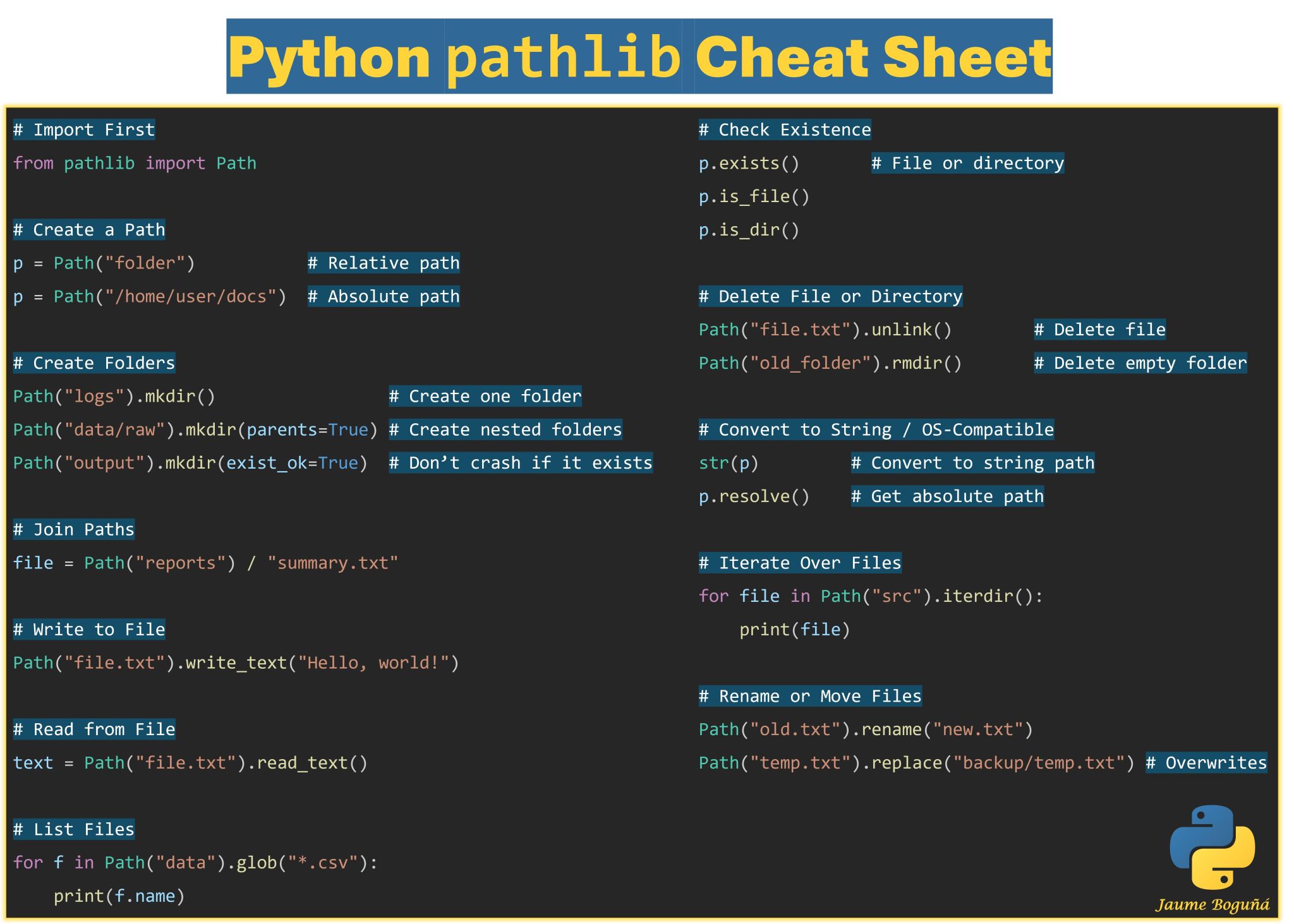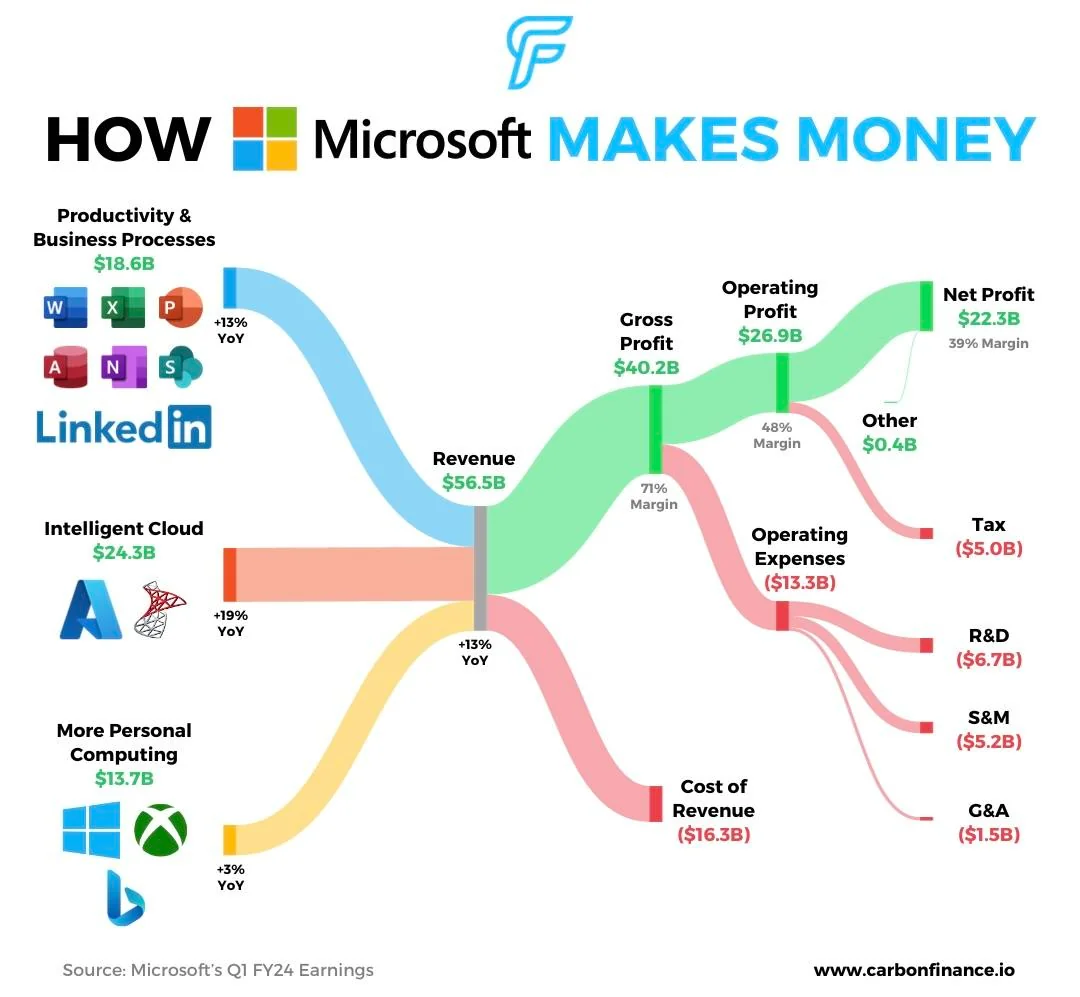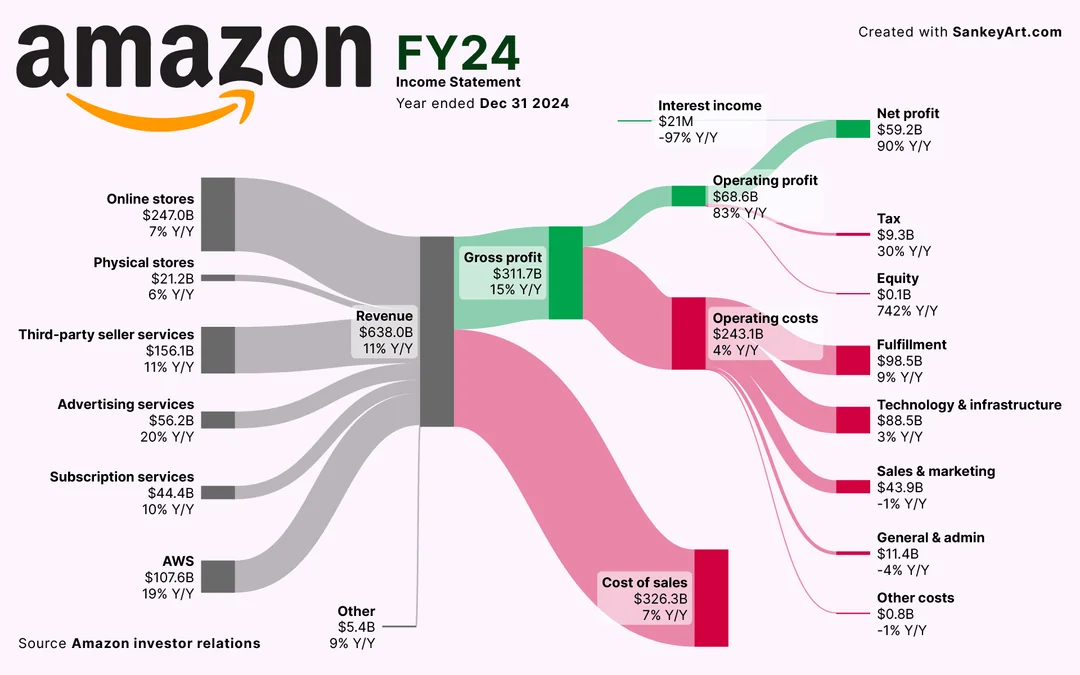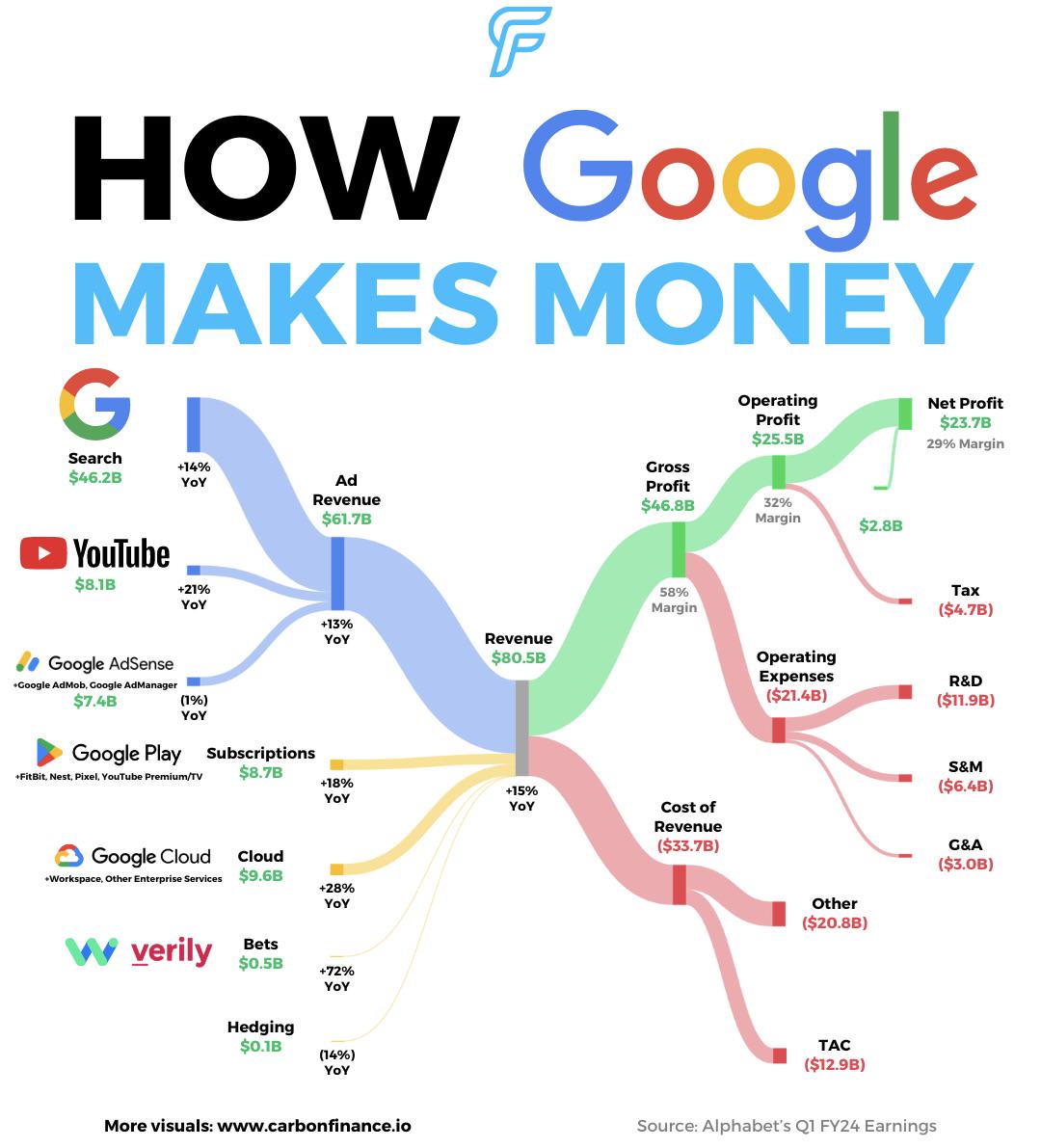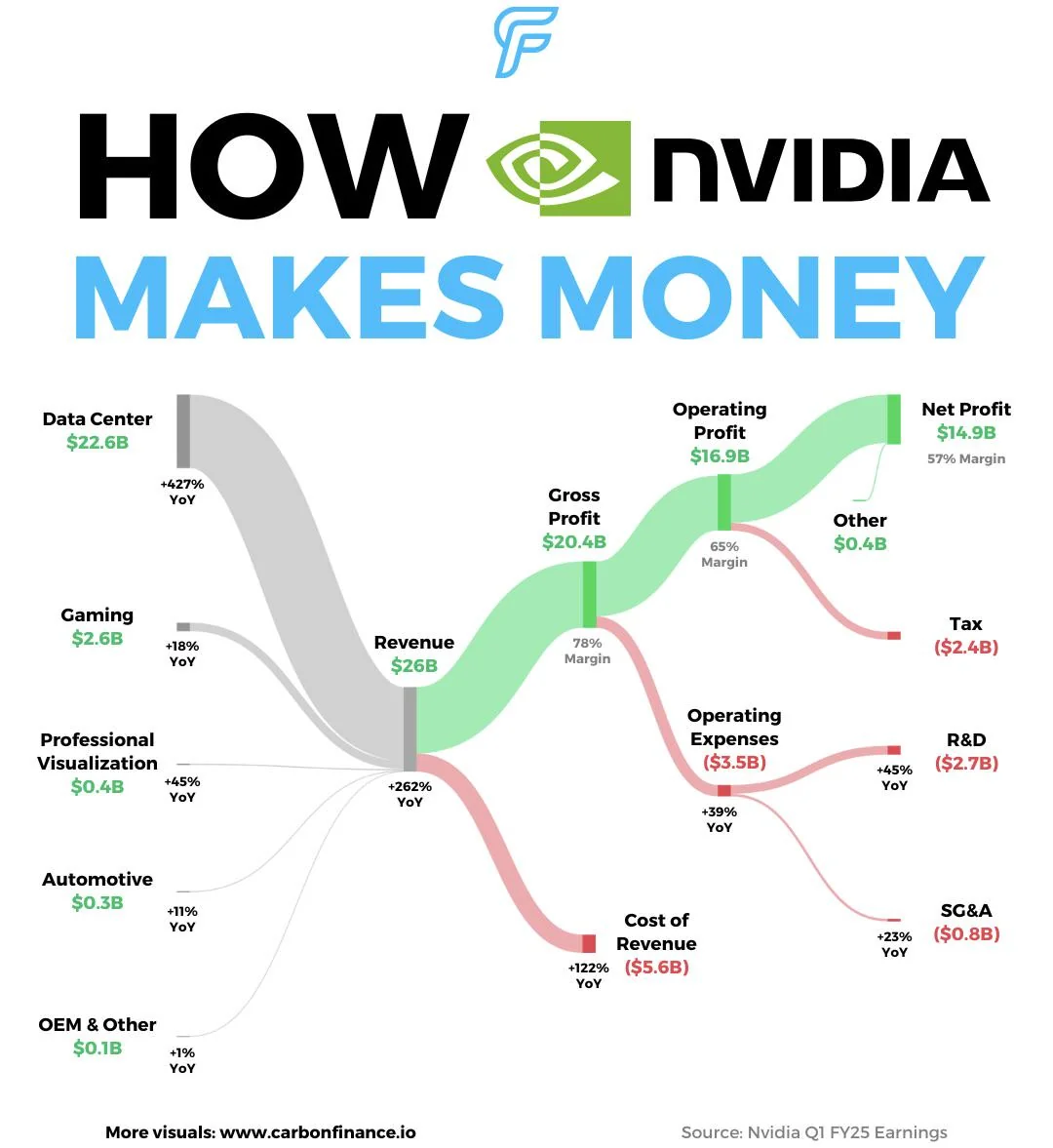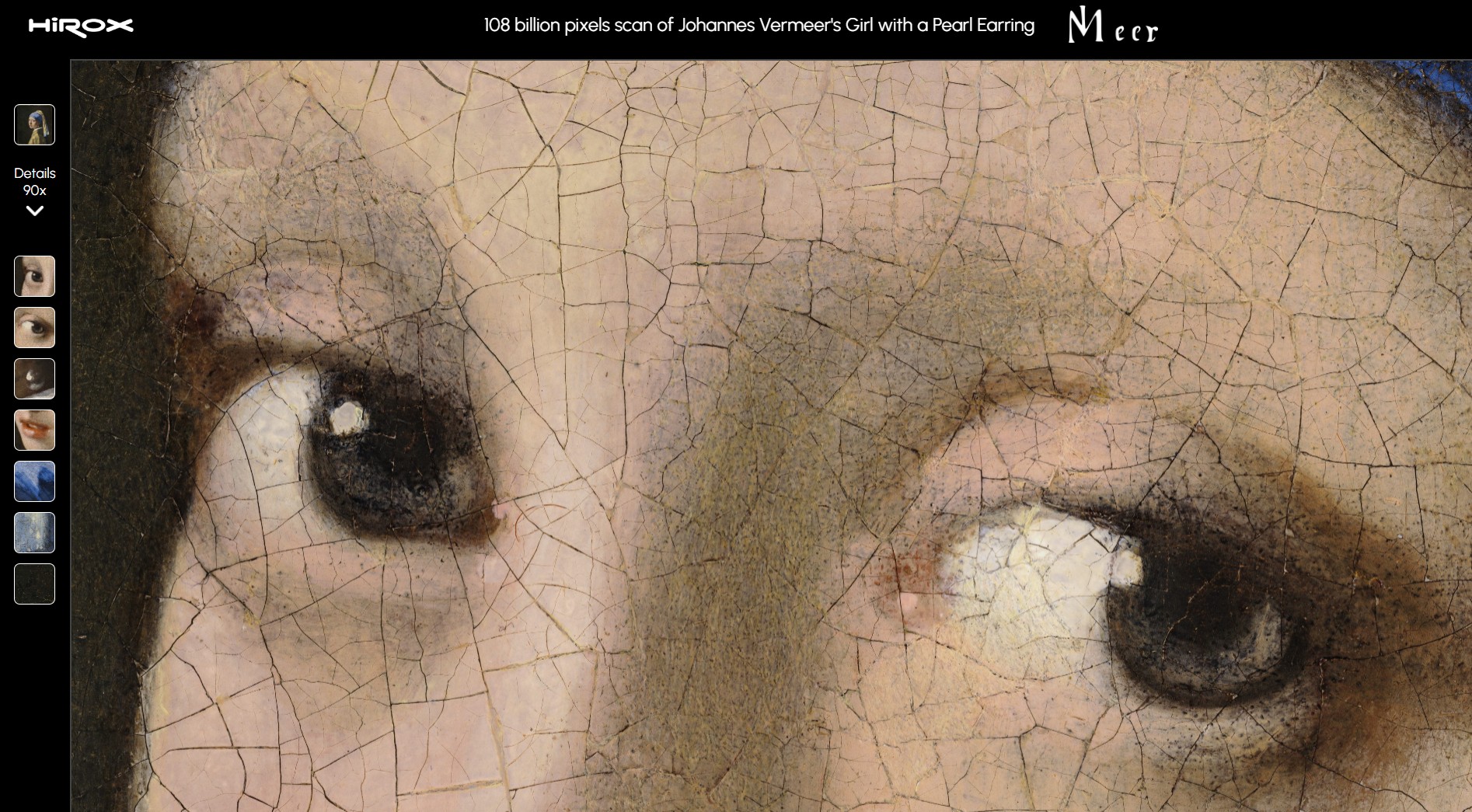BREAKING NEWS
LATEST POSTS
-
DB Browser for SQLite – Open source database browser
DB Browser for SQLite (DB4S) is a high quality, visual, open source tool designed for people who want to create, search, and edit SQLite or SQLCipher database files. DB4S gives a familiar spreadsheet-like interface on the database in addition to providing a full SQL query facility. It works with Windows, macOS, and most versions of Linux and Unix. Documentation for the program is on the wiki.

-
What is an AI Agent + OpenAI Practical Guide to Building AI Agents
If you’re serious about AI Agents, this is the guide you’ve been waiting for. It’s packed with everything you need to build powerful AI agents. It follows a very hands-on approach that cuts down your time and avoids the common mistakes most developers make.
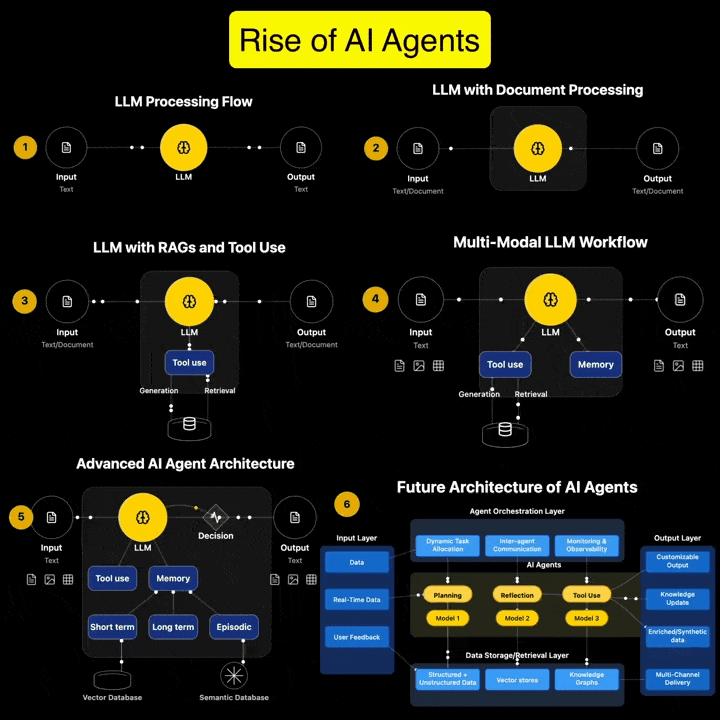
Andreas Horn on AI Agents vs Agentic AI
1. 𝗔𝗜 𝗔𝗴𝗲𝗻𝘁𝘀: 𝗧𝗼𝗼𝗹𝘀 𝘄𝗶𝘁𝗵 𝗔𝘂𝘁𝗼𝗻𝗼𝗺𝘆, 𝗪𝗶𝘁𝗵𝗶𝗻 𝗟𝗶𝗺𝗶𝘁𝘀
➜ AI agents are modular, goal-directed systems that operate within clearly defined boundaries. They’re built to:
* Use tools (APIs, browsers, databases)
* Execute specific, task-oriented workflows
* React to prompts or real-time inputs
* Plan short sequences and return actionable outputs
𝘛𝘩𝘦𝘺’𝘳𝘦 𝘦𝘹𝘤𝘦𝘭𝘭𝘦𝘯𝘵 𝘧𝘰𝘳 𝘵𝘢𝘳𝘨𝘦𝘵𝘦𝘥 𝘢𝘶𝘵𝘰𝘮𝘢𝘵𝘪𝘰𝘯, 𝘭𝘪𝘬𝘦: 𝘊𝘶𝘴𝘵𝘰𝘮𝘦𝘳 𝘴𝘶𝘱𝘱𝘰𝘳𝘵 𝘣𝘰𝘵𝘴, 𝘐𝘯𝘵𝘦𝘳𝘯𝘢𝘭 𝘬𝘯𝘰𝘸𝘭𝘦𝘥𝘨𝘦 𝘴𝘦𝘢𝘳𝘤𝘩, 𝘌𝘮𝘢𝘪𝘭 𝘵𝘳𝘪𝘢𝘨𝘦, 𝘔𝘦𝘦𝘵𝘪𝘯𝘨 𝘴𝘤𝘩𝘦𝘥𝘶𝘭𝘪𝘯𝘨, 𝘊𝘰𝘥𝘦 𝘴𝘶𝘨𝘨𝘦𝘴𝘵𝘪𝘰𝘯𝘴
But even the most advanced are limited by scope. They don’t initiate. They don’t collaborate. They execute what we ask!
2. 𝗔𝗴𝗲𝗻𝘁𝗶𝗰 𝗔𝗜: 𝗔 𝗦𝘆𝘀𝘁𝗲𝗺 𝗼𝗳 𝗦𝘆𝘀𝘁𝗲𝗺𝘀
➜ Agentic AI is an architectural leap. It’s not just one smarter agent — it’s multiple specialized agents working together toward shared goals. These systems exhibit:
* Multi-agent collaboration
* Goal decomposition and role assignment
* Inter-agent communication via memory or messaging
* Persistent context across time and tasks
* Recursive planning and error recovery
* Distributed orchestration and adaptive feedback
Agentic AI systems don’t just follow instructions. They coordinate. They adapt. They manage complexity.
𝘌𝘹𝘢𝘮𝘱𝘭𝘦𝘴 𝘪𝘯𝘤𝘭𝘶𝘥𝘦: 𝘳𝘦𝘴𝘦𝘢𝘳𝘤𝘩 𝘵𝘦𝘢𝘮𝘴 𝘱𝘰𝘸𝘦𝘳𝘦𝘥 𝘣𝘺 𝘢𝘨𝘦𝘯𝘵𝘴, 𝘴𝘮𝘢𝘳𝘵 𝘩𝘰𝘮𝘦 𝘦𝘤𝘰𝘴𝘺𝘴𝘵𝘦𝘮𝘴 𝘰𝘱𝘵𝘪𝘮𝘪𝘻𝘪𝘯𝘨 𝘦𝘯𝘦𝘳𝘨𝘺/𝘴𝘦𝘤𝘶𝘳𝘪𝘵𝘺, 𝘴𝘸𝘢𝘳𝘮𝘴 𝘰𝘧 𝘳𝘰𝘣𝘰𝘵𝘴 𝘪𝘯 𝘭𝘰𝘨𝘪𝘴𝘵𝘪𝘤𝘴 𝘰𝘳 𝘢𝘨𝘳𝘪𝘤𝘶𝘭𝘵𝘶𝘳𝘦 𝘮𝘢𝘯𝘢𝘨𝘪𝘯𝘨 𝘳𝘦𝘢𝘭-𝘵𝘪𝘮𝘦 𝘶𝘯𝘤𝘦𝘳𝘵𝘢𝘪𝘯𝘵𝘺
𝗧𝗵𝗲 𝗖𝗼𝗿𝗲 𝗗𝗶𝗳𝗳𝗲𝗿𝗲𝗻𝗰𝗲?
AI Agents = autonomous tools for single-task execution
Agentic AI = orchestrated ecosystems for workflow-level intelligence
(more…)
Next, here 𝗮𝗿𝗲 𝘁𝗵𝗲 𝘁𝗼𝗽 10 𝗞𝗲𝘆 𝗧𝗮𝗸𝗲𝗮𝘄𝗮𝘆𝘀 𝗳𝗿𝗼𝗺 𝗢𝗽𝗲𝗻𝗔𝗜’𝘀 𝗚𝘂𝗶𝗱𝗲: -
The Maya civilization and the color blue
Maya blue is a highly unusual pigment because it is a mix of organic indigo and an inorganic clay mineral called palygorskite.
Echoing the color of an azure sky, the indelible pigment was used to accentuate everything from ceramics to human sacrifices in the Late Preclassic period (300 B.C. to A.D. 300).
A team of researchers led by Dean Arnold, an adjunct curator of anthropology at the Field Museum in Chicago, determined that the key to Maya blue was actually a sacred incense called copal.
By heating the mixture of indigo, copal and palygorskite over a fire, the Maya produced the unique pigment, he reported at the time.
-
Jeffrey Ian Wilson – The Hidden Risks of Using ChatGPT and Anonymous AI Tools in non-secured Confidential Workflows Outside Proper Production Pipelines
https://www.linkedin.com/pulse/hidden-risks-using-chatgpt-anonymous-ai-tools-workflows-wilson-govcc
What You Can Do Today
If you’re serious about protecting your IP, client relationships, and professional credibility, you need to stop treating generative AI tools like consumer-grade apps. This isn’t about fear, it’s about operational discipline. Below are immediate steps you can take to reduce your exposure and stay in control of your creative pipeline.
- Use ChatGPT via the API, not the public app, for any sensitive data.
- Isolate ComfyUI to a sandboxed VM, Docker container, or offline machine.
- Audit every custom node, don’t blindly trust GitHub links or ComfyUI workflows
- Educate your team, a single mistake can leak an unreleased game asset, a feature film script, or trade secrets.
- Open source does not mean secure.

-
Sony Pictures’ VFX Firm Pixomondo to Open New Volume Stage In Vancouver
https://www.hollywoodreporter.com/business/business-news/pixomondo-led-volume-stage-1236209813/

The new Vancouver virtual stage will measure 50 feet in diameter, 23 feet tall, and will have a 14 foot deep semi-circle to surround actors and physical sets with a digital environment. There’s also two movable wild walls 20 feet wide and 16.5 feet tall and mounted on a ground-hover system to allow quick repositioning, especially for capturing car driving scenes.
-
Windows Robocopy – efficiently copying files and directories
The Windows “Robust File Copy” utility for efficiently copying files and directories, with built-in retry, logging, and mirroring capabilities.
https://learn.microsoft.com/en-us/windows-server/administration/windows-commands/robocopy
https://www.pdq.com/blog/hitchhikers-guide-to-robocopy/
https://activedirectorypro.com/robocopy-examples/
The Windows “Robust File Copy” utility for efficiently copying files and directories, with built-in retry, logging, and mirroring capabilities.
By default, Robocopy skips copying existing files if the specific metadata of the files match.
/mir : Mirror the source directory tree to the destination (equivalent to /e + /purge):
/e : copies all subdirectories, including empty ones
/purge : deletes files/folders at the destination that no longer exist at the source
/sj : Copy NTFS junction points (“soft-links”) themselves rather than what they point to. This preserves the junction at the destination.
/sl : Copy symbolic links as links (don’t follow them and copy the target file/directory).
/mt:24 :Run the copy operation using 24 concurrent threads (range 1–128; default is 8), for higher throughput on multi-core systems. This switch cannot be combined with /ipg or /efsraw.
/J : unbuffered I/O (good for large files)
/R:<N> : to limit retries (default is 1 000 000)
/W:<S> : to set the wait time in seconds (default is 30)
/NJS : No Job Summary.
/NC : No Class – don’t log file classes.
/NFL : (No File List) Suppresses the per-file lines (e.g. “New File …”, “Copied …”). Benefit: Cuts down console I/O, often shaving 10–20 % off total runtime on large trees.
/NDL : (No Directory List) Suppresses the per-directory header lines. Benefit: Further reduces console chatter.
/NP : (No Progress) Suppresses the percentage-complete on each file. Drawback: You lose the “XX %” indicator
/NJH : (No Job Header) and /NJS (No Job Summary) Only affect the very first and very last block; negligible on runtime and you probably want at least the summary.
/NS (No Size) and /NC (No Class) Remove size and class columns from each line. If you’re suppressing file/directory lists anyway, these don’t help much.
/XD : ignore given types
/ETA : Show Estimated Time of Arrival of copied files.Note:
Robocopy’s support for NTFS reparse-points (symbolic links and junctions) is a bit quirky:- /SL only affects symbolic links (it tells RoboCopy to replicate the link itself rather than follow it).
- /SJ only affects junction points (ditto for directory-junction reparse points).
- If you use both /SL and /SJ, RoboCopy can still attempt to enumerate a link as a real folder—leading to that “ERROR 267: The directory name is invalid.”
Because of this, this errors can be ignored:
2025/05/15 12:09:11 ERROR 267 (0x0000010B) Copying Directory C:\redux-remember\ The directory name is invalid.Bat file example:
@echo off setlocal :: Define the source and destination directories set "src=%cd%" set "dst=C:\TEMP" echo Copying %src% to %dst% :: Use robocopy to copy the contents robocopy "%src%" "%dst%" /MIR /SJ /SL /MT:24 /J /R:0 /W:2 /NFL /NDL /ETA /NP /NC /XD "__pycache__" ".pnpm" pause endlocal -
Disney Hacker Admits Using Malware-Laced AI Art App to Achieve Breach
https://cyberinsider.com/disney-hacker-admits-using-malware-laced-ai-art-app-to-achieve-breach/
A 25-year-old Santa Clarita man has agreed to plead guilty to hacking a Disney employee’s personal computer, stealing login credentials, and exfiltrating 1.1 terabytes of confidential data from internal Slack channels.
The charges stem from a targeted cyberattack carried out in the spring and summer of 2024 that compromised Disney’s internal communications and led to the public leak of sensitive corporate data.
“Kramer, operating under the alias “NullBulge,” created and distributed a malicious program disguised as an AI art generation tool. He uploaded this trojanized application to GitHub and other public repositories in early 2024, enticing users interested in generative AI. At least three victims, including one Disney employee, downloaded the program. Once executed, the software provided Kramer with remote access to the victims’ machines and stored credentials.”
After infiltrating the employee’s personal system, Kramer accessed corporate Slack credentials to infiltrate Disney’s internal Slack workspace and downloaded around 1.1 terabytes of data from nearly 10,000 channels including unreleased media projects, internal code, links to APIs, and credentials for internal web services.
-
President Trump Says He Will Implement 100% Tariffs on Films Produced Outside the U.S.
https://variety.com/2025/film/news/trump-tariff-foreign-film-national-security-1236386566
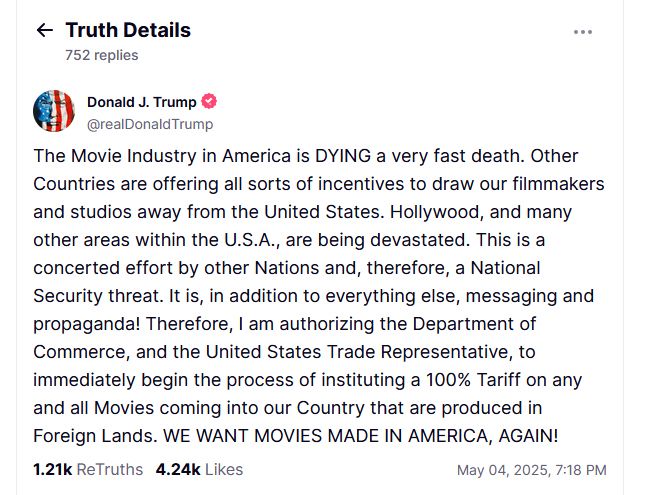
Jon Voight has presented his Hollywood rescue plan…
While President Trump dropped his 100% foreign film tariff bombshell over the weekend, Oscar-winner Jon Voight was already at Mar-a-Lago pitching his industry revival plan. The presidential “Hollywood ambassador” has been making the rounds with unions, studios, and officials to craft his proposal—and now we’ve got the details:
•For filmmakers, Voight proposes stackable federal tax credits (10-20%) on top of existing state incentives. His plan would expand Section 181 provisions, allowing producers to write off 100% of costs in the first year. Instead of blanket tariffs, he suggests targeted penalties of 120% on productions that could have filmed in America but chose foreign locations just for tax incentives.
•For infrastructure, the plan includes tax credits for building or renovating theaters, studios, and post-production facilities. It would create job training programs to ensure Americans have skills for high-paying industry positions, with special emphasis on developing production capabilities in heartland states.
•For streaming platforms, Voight wants to revive regulations that once prevented networks from owning the shows they aired. Streamers would need to pay producers premiums (25-40% of production costs) for exclusive licenses, return more ownership rights after license periods end, and share copyrights 50/50 with content creators.
•For international work, the plan proposes co-production treaties with countries like the UK to enable collaboration without triggering tariffs. It includes exemptions from penalties for legitimate international partnerships that truly require foreign locations.
FEATURED POSTS
-
Brian Gallagher – Why Almost Everybody Is Wrong About DeepSeek vs. All the Other AI Companies
Benchmarks don’t capture real-world complexity like latency, domain-specific tasks, or edge cases. Enterprises often need more than raw performance, also needing reliability, ease of integration, and robust vendor support. Enterprise money will support the industries providing these services.
… it is also reasonable to assume that anything you put into the app or their website will be going to the Chinese government as well, so factor that in as well.
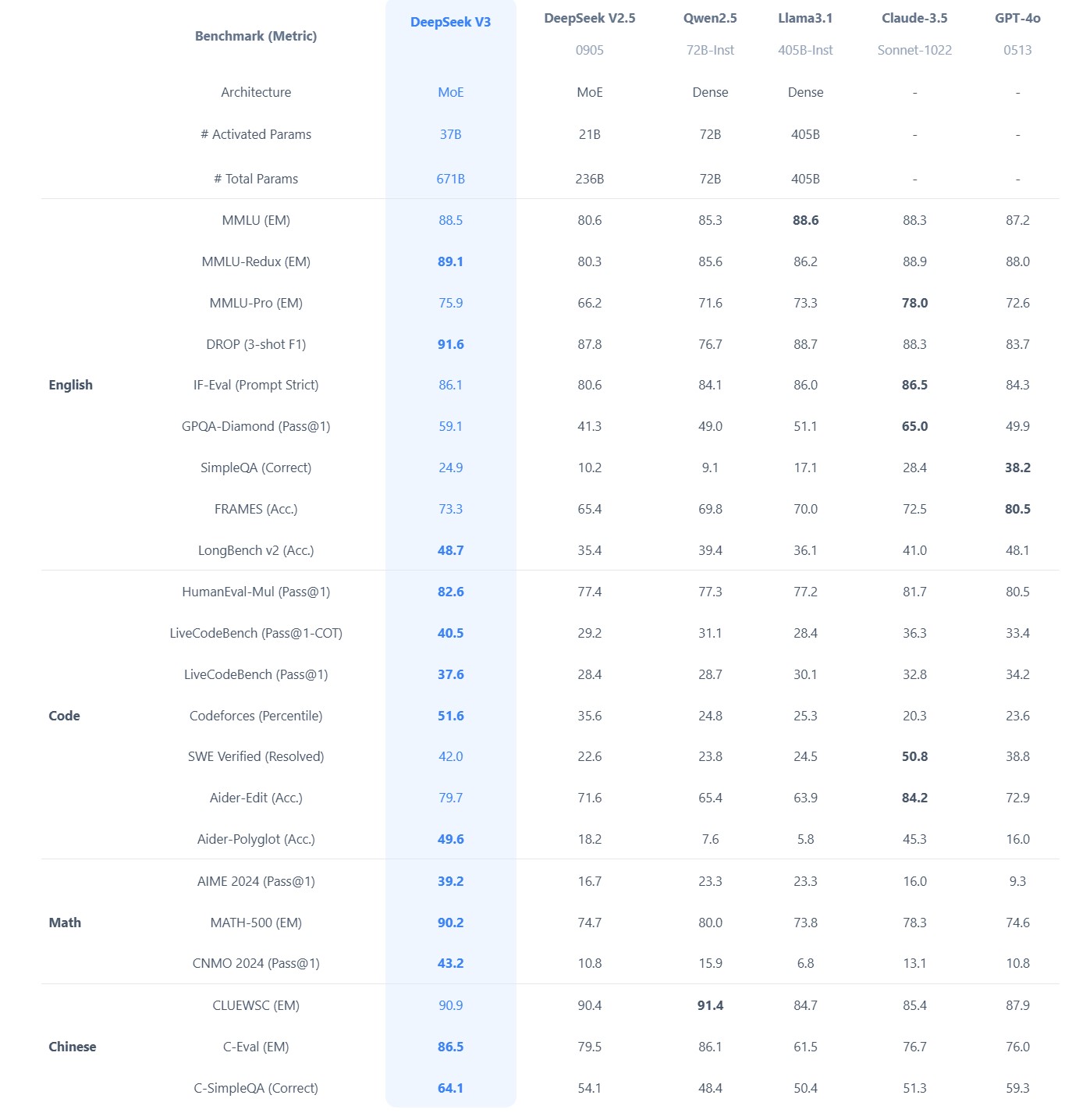
-
Types of AI Explained in a few Minutes – AI Glossary
1️⃣ 𝗔𝗿𝘁𝗶𝗳𝗶𝗰𝗶𝗮𝗹 𝗜𝗻𝘁𝗲𝗹𝗹𝗶𝗴𝗲𝗻𝗰𝗲 (𝗔𝗜) – The broadest category, covering automation, reasoning, and decision-making. Early AI was rule-based, but today, it’s mainly data-driven.
2️⃣ 𝗠𝗮𝗰𝗵𝗶𝗻𝗲 𝗟𝗲𝗮𝗿𝗻𝗶𝗻𝗴 (𝗠𝗟) – AI that learns patterns from data without explicit programming. Includes decision trees, clustering, and regression models.
3️⃣ 𝗡𝗲𝘂𝗿𝗮𝗹 𝗡𝗲𝘁𝘄𝗼𝗿𝗸𝘀 (𝗡𝗡) – A subset of ML, inspired by the human brain, designed for pattern recognition and feature extraction.
4️⃣ 𝗗𝗲𝗲𝗽 𝗟𝗲𝗮𝗿𝗻𝗶𝗻𝗴 (𝗗𝗟) – Multi-layered neural networks that drives a lot of modern AI advancements, for example enabling image recognition, speech processing, and more.
5️⃣ 𝗧𝗿𝗮𝗻𝘀𝗳𝗼𝗿𝗺𝗲𝗿𝘀 – A revolutionary deep learning architecture introduced by Google in 2017 that allows models to understand and generate language efficiently.
6️⃣ 𝗚𝗲𝗻𝗲𝗿𝗮𝘁𝗶𝘃𝗲 𝗔𝗜 (𝗚𝗲𝗻𝗔𝗜) – AI that doesn’t just analyze data—it creates. From text and images to music and code, this layer powers today’s most advanced AI models.
7️⃣ 𝗚𝗲𝗻𝗲𝗿𝗮𝘁𝗶𝘃𝗲 𝗣𝗿𝗲-𝗧𝗿𝗮𝗶𝗻𝗲𝗱 𝗧𝗿𝗮𝗻𝘀𝗳𝗼𝗿𝗺𝗲𝗿𝘀 (𝗚𝗣𝗧) – A specific subset of Generative AI that uses transformers for text generation.
8️⃣ 𝗟𝗮𝗿𝗴𝗲 𝗟𝗮𝗻𝗴𝘂𝗮𝗴𝗲 𝗠𝗼𝗱𝗲𝗹𝘀 (𝗟𝗟𝗠) – Massive AI models trained on extensive datasets to understand and generate human-like language.
9️⃣ 𝗚𝗣𝗧-4 – One of the most advanced LLMs, built on transformer architecture, trained on vast datasets to generate human-like responses.
🔟 𝗖𝗵𝗮𝘁𝗚𝗣𝗧 – A specific application of GPT-4, optimized for conversational AI and interactive use.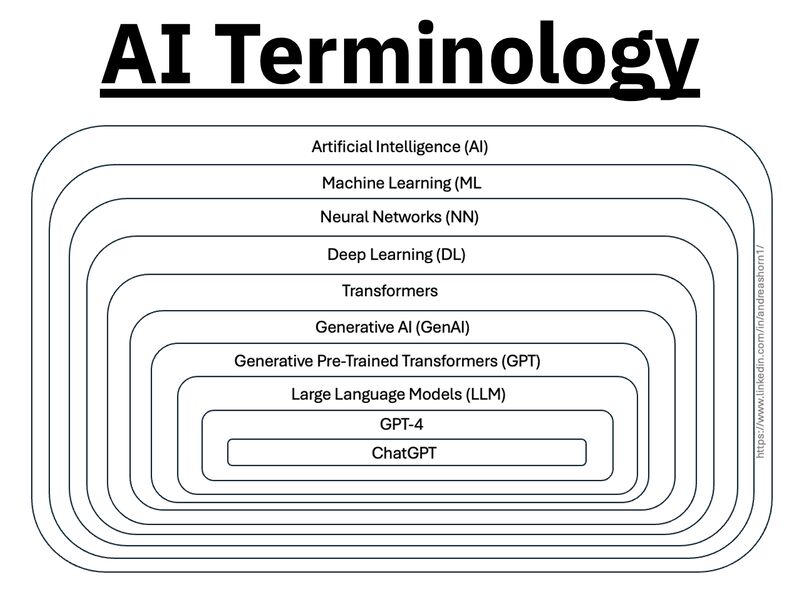
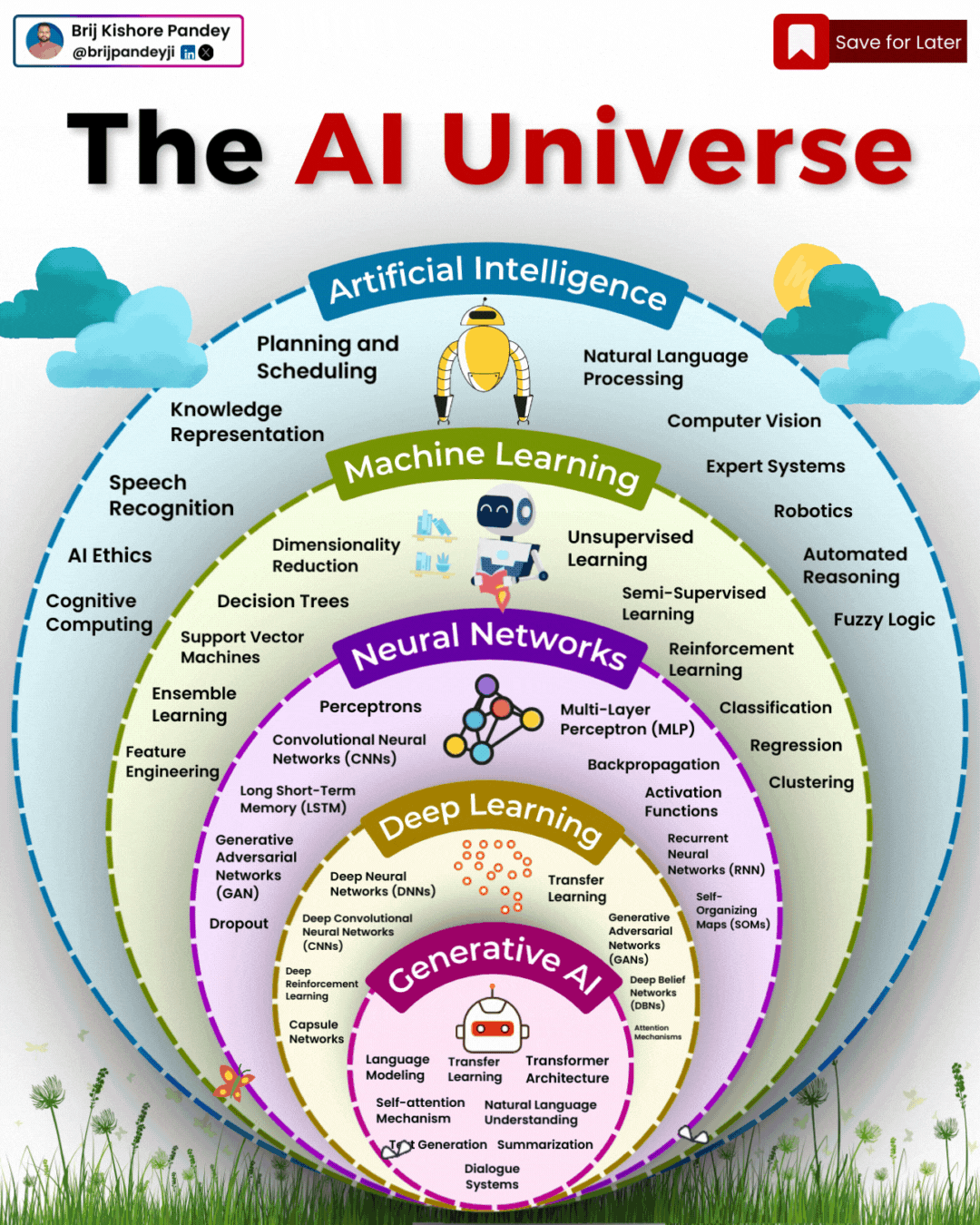
-
RawTherapee – a free, open source, cross-platform raw image and HDRi processing program
5.10 of this tool includes excellent tools to clean up cr2 and cr3 used on set to support HDRI processing.
Converting raw to AcesCG 32 bit tiffs with metadata.
-
Christopher Butler – Understanding the Eye-Mind Connection – Vision is a mental process
https://www.chrbutler.com/understanding-the-eye-mind-connection
The intricate relationship between the eyes and the brain, often termed the eye-mind connection, reveals that vision is predominantly a cognitive process. This understanding has profound implications for fields such as design, where capturing and maintaining attention is paramount. This essay delves into the nuances of visual perception, the brain’s role in interpreting visual data, and how this knowledge can be applied to effective design strategies.
This cognitive aspect of vision is evident in phenomena such as optical illusions, where the brain interprets visual information in a way that contradicts physical reality. These illusions underscore that what we “see” is not merely a direct recording of the external world but a constructed experience shaped by cognitive processes.
Understanding the cognitive nature of vision is crucial for effective design. Designers must consider how the brain processes visual information to create compelling and engaging visuals. This involves several key principles:
- Attention and Engagement
- Visual Hierarchy
- Cognitive Load Management
- Context and Meaning





